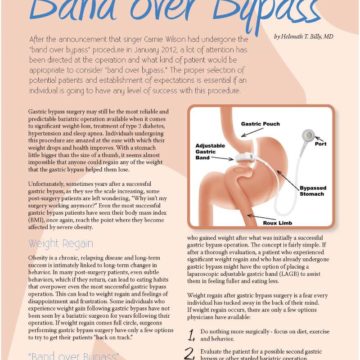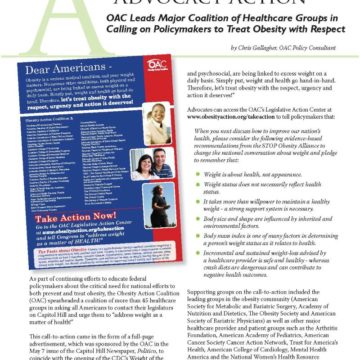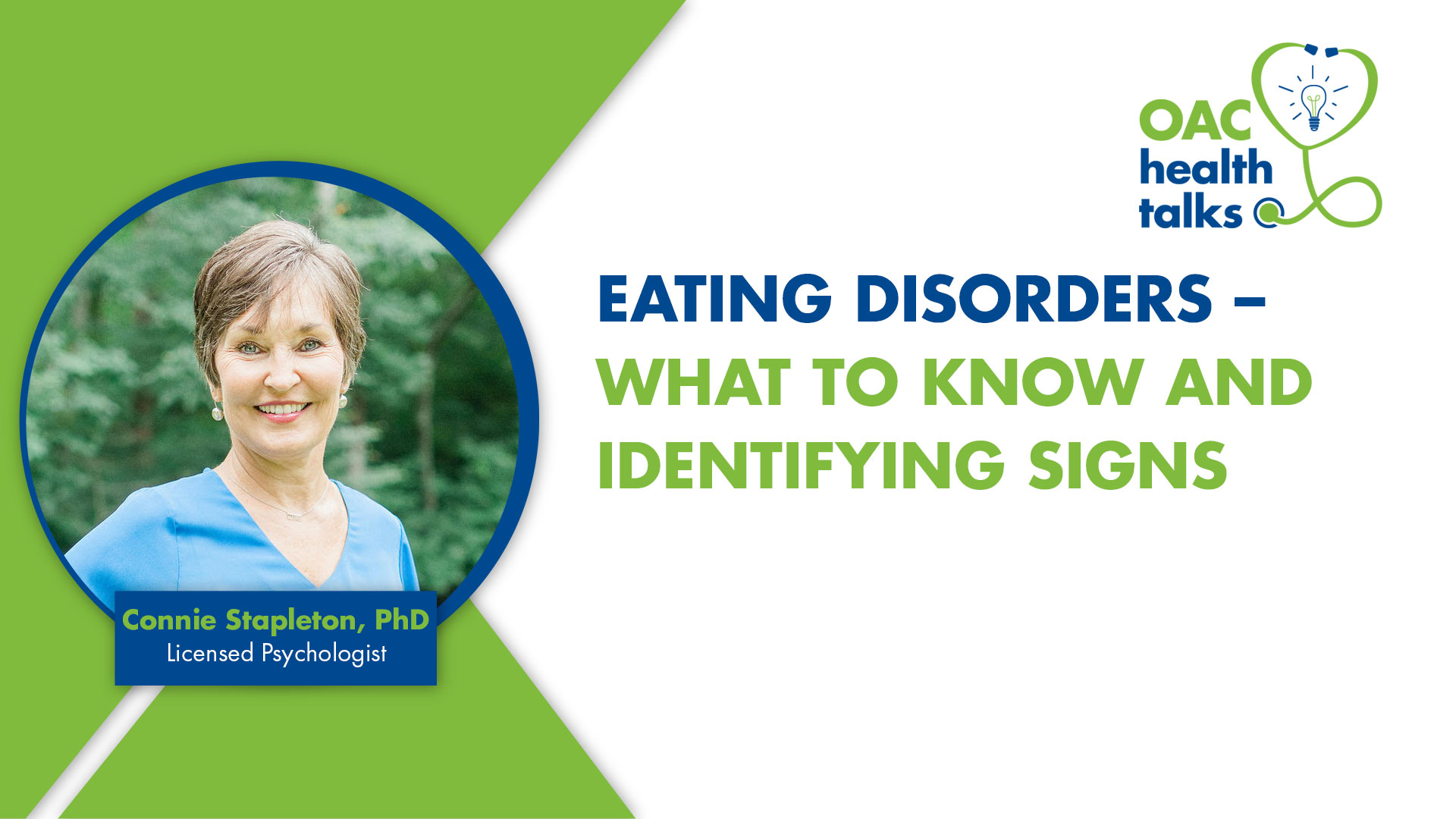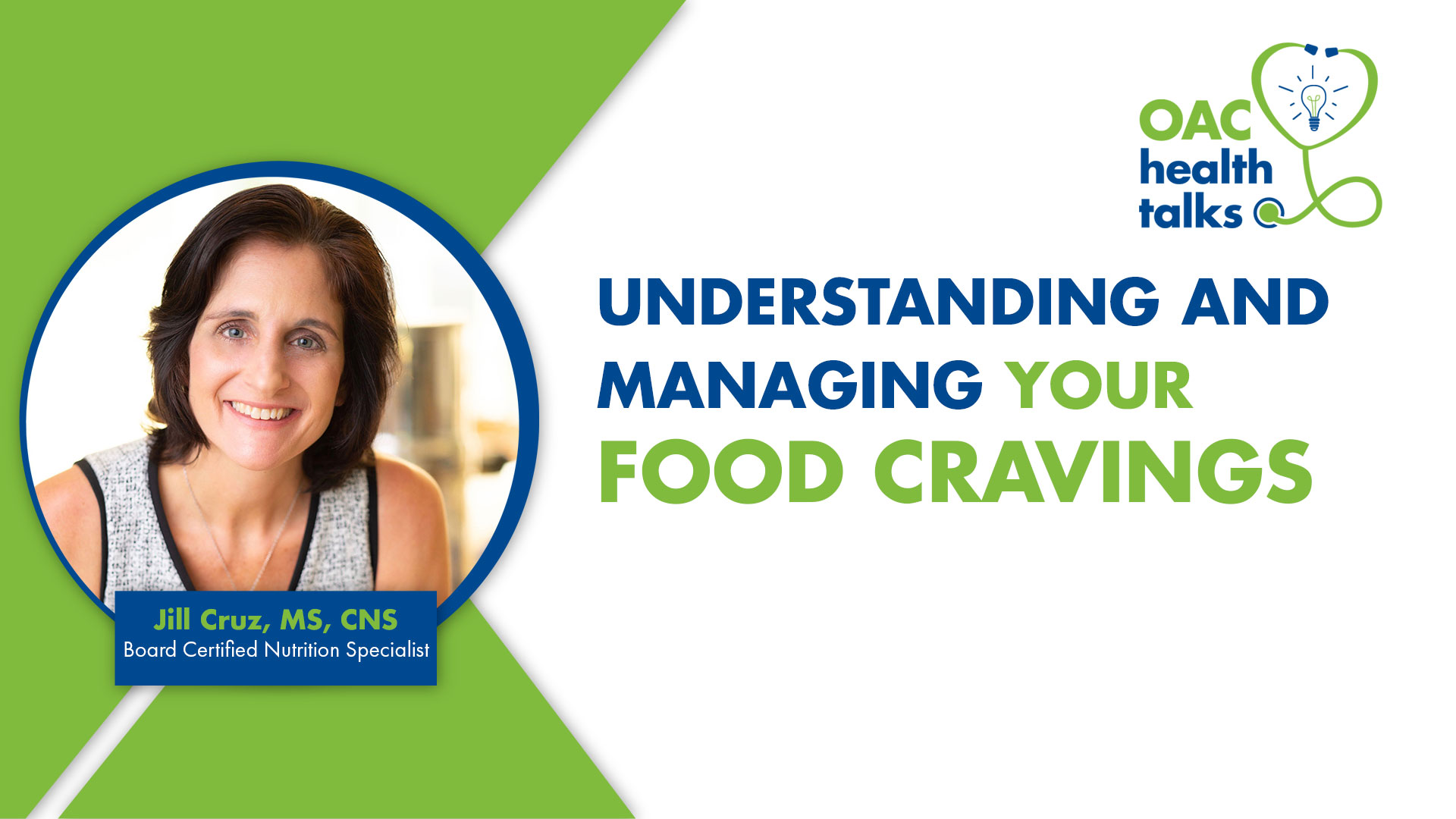Cooking with Oils – the Good, the Not so Good and Alternatives

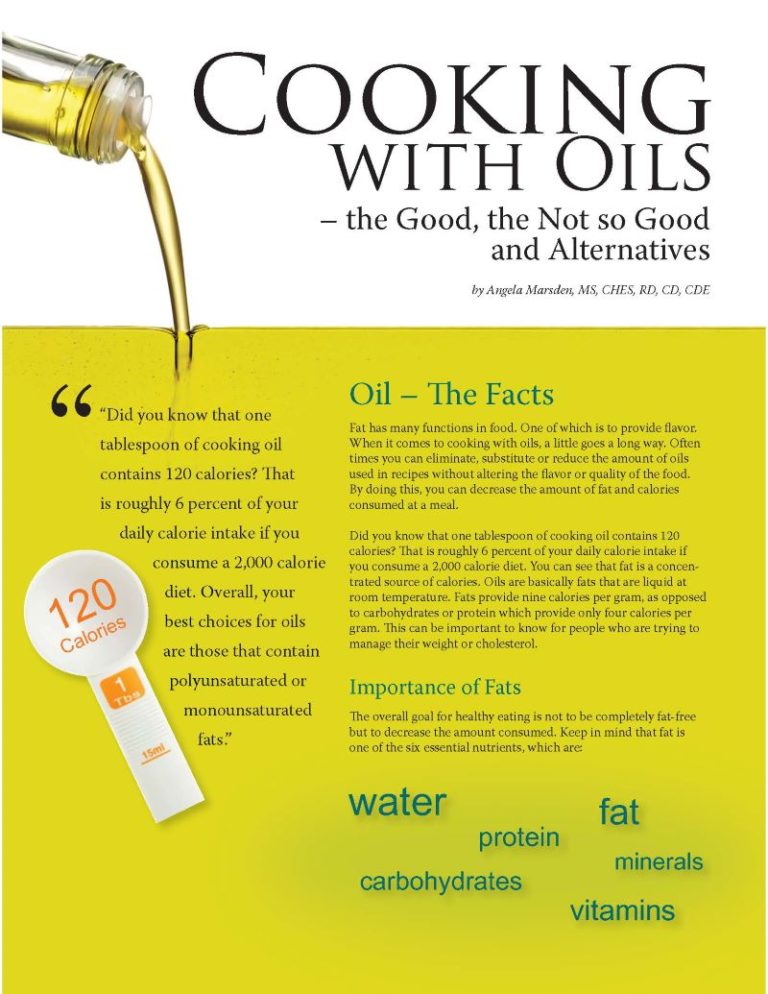
by Angela Marsden, MS, CHES, RD, CD, CDE
Summer 2012
Oil – The Facts
Fat has many functions in food. One of which is to provide flavor. When it comes to cooking with oils, a little goes a long way. Often times you can eliminate, substitute or reduce the amount of oils used in recipes without altering the flavor or quality of the food. By doing this, you can decrease the amount of fat and calories consumed at a meal.
Did you know that one tablespoon of cooking oil contains 120 calories? That is roughly 6 percent of your daily calorie intake if you consume a 2,000 calorie diet. You can see that fat is a concentrated source of calories. Oils are basically fats that are liquid at room temperature. Fats provide nine calories per gram, as opposed to carbohydrates or protein which provide only four calories per gram. This can be important to know for people who are trying to manage their weight or cholesterol.
Importance of Fats
The overall goal for healthy eating is not to be completely fat-free but to decrease the amount consumed. Keep in mind that fat is one of the six essential nutrients, which are:
- water
- fat
- protein
- carbohydrates
- minerals
- vitamins
Let’s take a look at some common fats and their effect on the body and the oils that contain these fats.
Polyunsaturated Fats
Polyunsaturated fats are considered one of the “good” fats in the diet. They can be found in safflower, sunflower, soybean corn and cottonseed oil. They are thought to be “good” fats because they can help to lower total cholesterol levels and bad (LDL) cholesterol levels. These types of oils would be a good choice for cooking.
Monounsaturated Fats
Monounsaturated fats are also considered “good” fats and can help lower total and bad cholesterol levels along with helping to increase the good cholesterol levels. Common sources of monounsaturated fats are olive oil, canola oil, peanut oil sunflower oil and sesame oil. These are also a good choice for cooking.
Saturated Fats
Saturated fats are usually solid at room temperature. Saturated fats should be limited in the diet because they can raise your cholesterol levels which can increase your risk for heart attack or stroke. The American Heart Association recommends limiting your saturated fat intake to 7 percent or less of total calories for the day. For example, if you consume a 2,000 calorie diet you would be allowed about 16 grams of saturated fat for the day. Common sources of saturated fat include hard margarine, butter, palm oil, palm kernel oil and coconut oil. These should be used very sparingly, if at all, in the diet as they can raise cholesterol levels.
Trans Fats
Trans fats (also known as partially hydrogenated oils) are fats that are created as a result of food processing. Oil that was once liquid at room temperature is now made solid at room temperature. During the process of going from a liquid to a solid, trans fats are created. Trans fats, like saturated fats, can affect your cholesterol levels much like saturated fats do – they can raise your bad cholesterol levels and they can also lower your good cholesterol levels.
The American Heart Association recommends that only 20 percent of your daily calorie intake go toward trans fats. This equates to about two grams of trans fats per day. Sources of trans fats include any processed food such as cookies, pies, frozen meals and fried foods from restaurants. You can monitor your intake of trans fats by reading food labels since food manufacturers have been required to list trans fats on food labels since 2006.
Fat is needed by the body for normal functioning and health. Certain vitamins (A, D, E and K) are what we call “fat soluble” vitamins and can only be metabolized with fats. Fats also provide essential fatty acids which are fats that are required by the body for health, but cannot be made by the body. Fat is also important in body temperature regulation, as a storage form of energy in a time of fasting or decreased intake and it helps to maintain healthy hair and skin.
Knowing this, how can we incorporate fats into our diet with the goal to improve health, not to produce weight gain or increased cholesterol levels? It is important for you to know the different types of fat and how they affect the body when trying to choose cooking oil.
Conclusion
Overall, your best choices for oils are those that contain polyunsaturated or monounsaturated fats. Regardless of the fat used, it is wise to use them in small amounts as fats provide a concentrated source of calories.
Many times an alternative can be used that could save fat and calories. Alternatives to oils include using applesauce or yogurt in place of oil when baking muffins or cakes. If a recipe calls for oil, try using half of the amount or eliminating it all together. Often times a little experimenting can help. In time, you will find which substitutions work in a recipe and which do not. Many times you cannot even tell a difference that a substitution was made, but your heart and your waistline can!
About the Author:
Angela Marsden, MS, CHES, RD, CD, CDE, is a registered dietitian at IU Health Bariatric & Medical Weight-loss in Indianapolis, IN.
by Sarah Muntel, RD Spring 2024 Spring has sprung, bringing sunnier and warmer days! For many, this…
Read ArticleEating disorders can be a concern or question for many who are along the journey to improved…
View VideoWhy we crave certain foods can be difficult to understand. Between the different types of food cravings…
View Video




